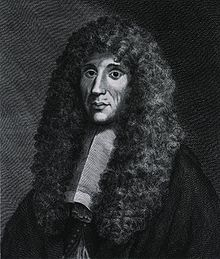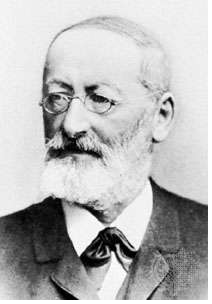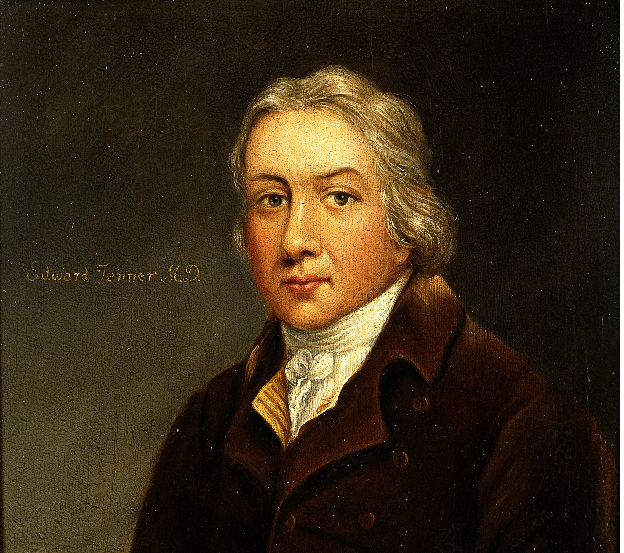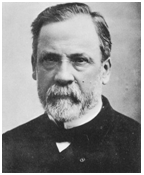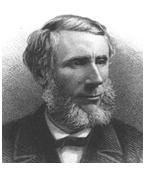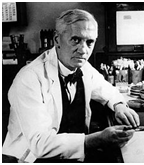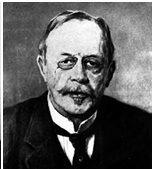GIROLAMO FRACASTORO (1478-1553)
While the issue of spontaneous generation lasted as at the time, some other scientist like Girolamo Fracastoro was interested about the transmission of the disease caused by these microorganisms. Girolamo Fracastoro was an Italian scientist, a poet and scholar in mathematics, astronomer and geography, and who in 1546 proposed that epidemic diseases are caused by […]
GIROLAMO FRACASTORO (1478-1553) Read More »
General Microbiology

